Why is there so much talk about sales competition?
How to build a competitive strategy, tips for analyzing your competition, how to attain a cost leadership position against your competitors and how to outsell your competitors pervade the thinking of most business people.
The underlying strategic intent is to build barriers to competitive entry; erect a massive wall to prevent the hordes from entering your markets and taking your customers.
You have little real control over what they do. If they want to launch a new product, reduce their prices, introduce a new disruptive technology or enter one of your markets to compete with you, they will. And (unless you intend to fight their actions on legal, regulatory or ant-competitive grounds), you will have no choice but to deal with the challenges their actions pose.
All you can do is try to anticipate their actions and go on the offensive, or respond to them defensively when they happen.
Rather than devote copious amounts of resources, time and energy to issues we have little control over, we should focus on what we have SOME degree of control over.
Rather than build barriers to competitive entry, we should be concentrating on building barriers to customer exit.
This you DO have a degree of control over; you stand a better chance of creating the outcome you want than basing your actions on what your competition does.
And this is where sales can add real value.
Spend your time making it extremely difficult for your customers to leave given a choice they might be offered by a competitor.
What do barriers to customer exit look like?
- The emphasis is on building relationships and creating personalized experiences for customers as opposed to pushing products and services at them with a one size fits all mentality.
What customers personally need is given priority over what the common needs of the broader mass market appear to be. In addition, the sales attention shifts to concentrate greater attention to how people feel when they are engaged with the organization and not solely to the right product or service fit. - Every salesperson and sales executive “makes the call” to customers on a frequent basis to ensure they are being served with relevant and compelling solutions. It’s an opportunity for the organization to get critiqued on their performance as well as receive suggestions for improvement.
The bottom line is the customer feels like a valued member of “the team” and are less likely to be enamoured by a competitive value proposition. - Special offers and price promotions are proactively offered to loyal customers; they are not used solely as a tool to attract new customers as is more often the case in most organizations.
The sales role is to be proactive with the customer and present these opportunities before that are made available to the broader base. People are more loyal when they feel that they are special; getting the deal first will go a long way to shutting the bad guys out. - Customer retention outranks new customer acquisition in terms of priority; the key success factor on the organization’s balanced scorecard is the rate of customer attrition. It’s always incredibly satisfying to attract a new customer especially when it’s the result of a win from a competitor. Salespeople love winning a competitive battle; it’s what make their juices flow.
The issue is, however, that making your organization irresistible so that customers don’t want to leave can’t be done effectively when there is a strong push to get new customers. The priority must be on retaining the existing customer base and trust that they will refer you and spread your word to others who will come over to your side — your loyal customers will drive new customers to you. - The policy system of the organization is built to serve customers not control them. “Dumb rules” are eliminated in favor of those that facilitate customer engagement. No one is likely to stay loyal to an organization that is difficult to business with; internal rules that put customers through hoops and policies that make no sense other than to control what customers do as opposed to enable them to get their needs and wants satisfied.
Sales has a critical role to define the internal roadblocks that annoy customers, and to ensure improvements are implemented. Given the inertia that presides in most organizations, the salesperson must be THE advocate that fights for the rights of the customer “on the inside”.
“Going to war” with and focusing relentlessly on the competition may get the adrenalin flowing, but it does so at the expense of the loyalists who committed to you in the past and who need you to continue to give them good reasons to stay.
Effective barriers to customer exit require a brilliant sales effort.
Pipeliner CRM empowers sales teams to block customer exit. Get your free trial of Pipeliner CRM now.



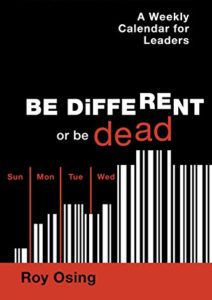
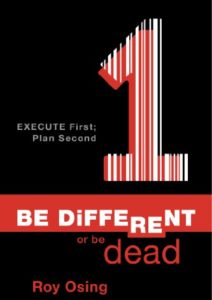
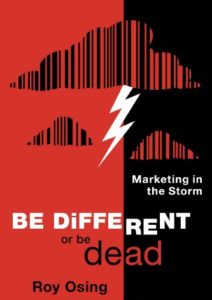

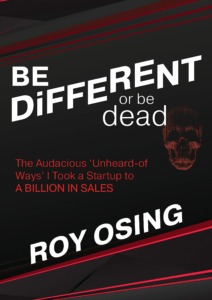
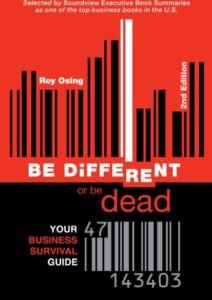
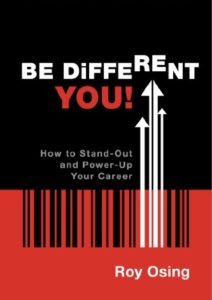








Comments